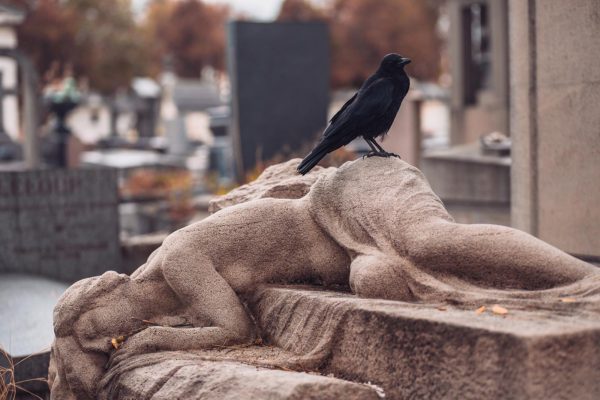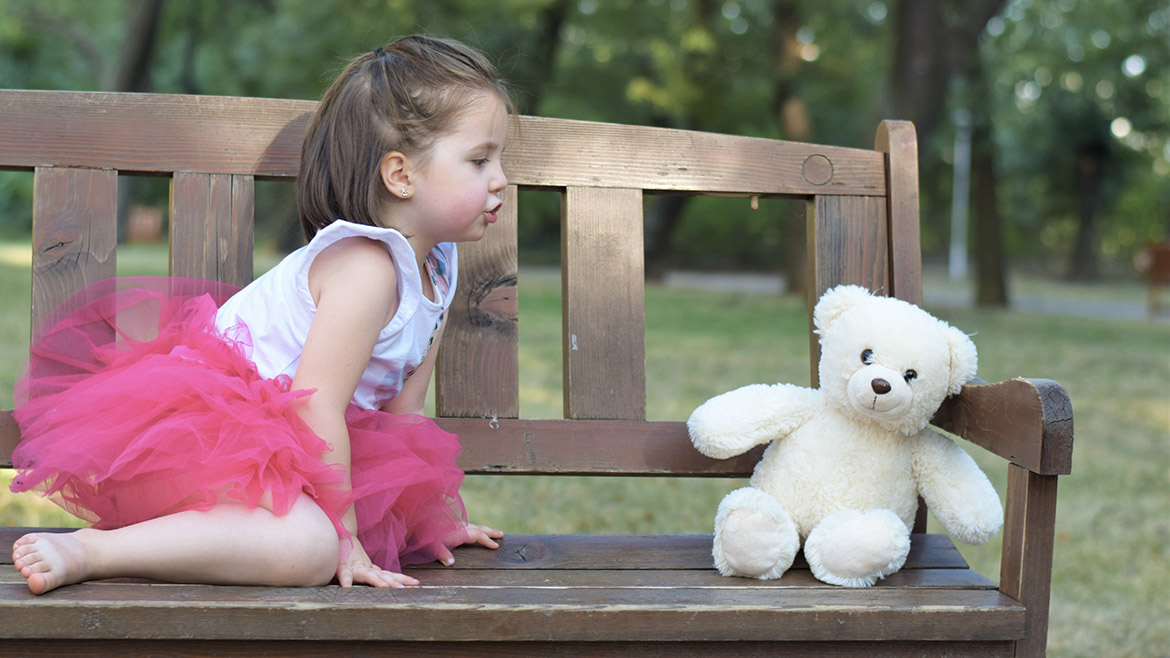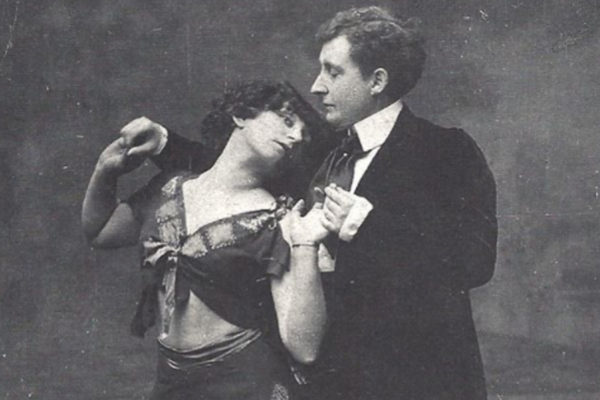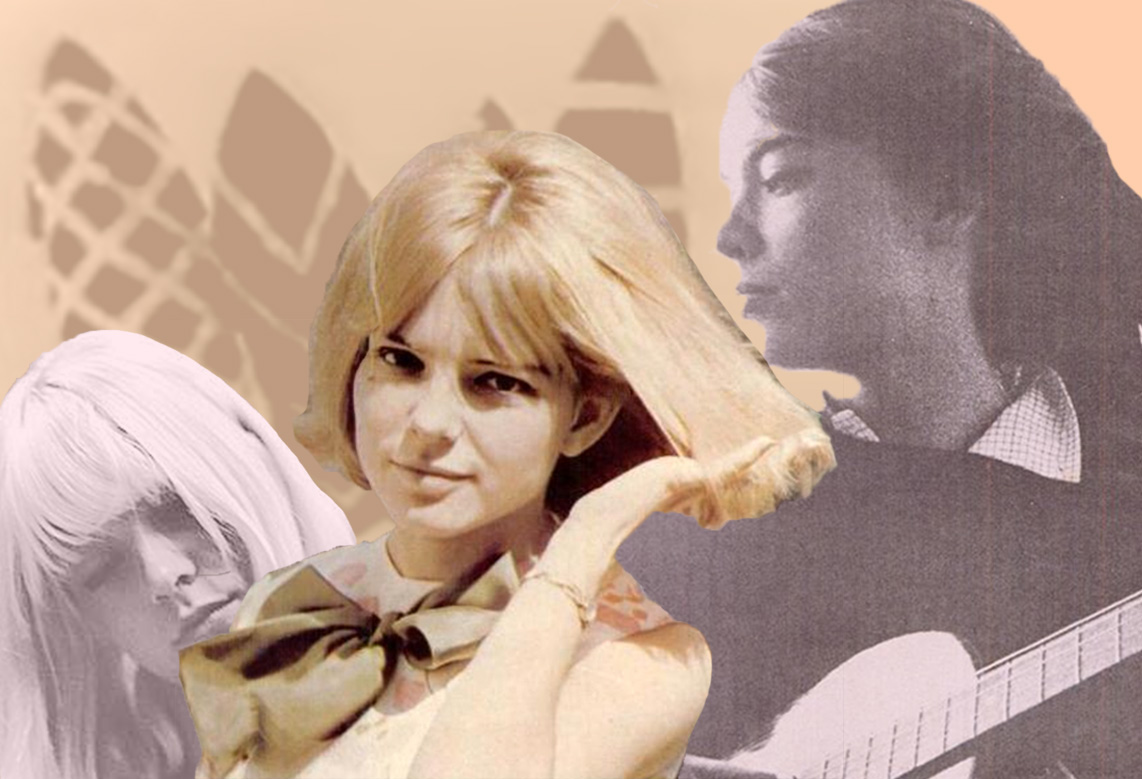
Who were the yé-yé girls?
In the mid-sixties, the French charts were awash with hits from female singers who collectively became known as the yé-yé girls. Though their styles were distinct, the yé-yé girls were united by fresh, youthful confidence. Their youth – they were teenagers – made them relatable to the viewers of programmes like Salut les copains, a prime time TV show on which many of the girls got their big breaks.
For the first time, the teen audience was seeing itself reflected back: the yé-yé girls wore skirts and sweaters, not sequinned eveningwear of their parents’ generation. They sang about love, of course, but also about the mundanities of life, like school and loneliness. And while the “yé yé” of their name comes from the English-language rock music of the day that influenced their sound (“yeah yeah”), they were disctinct among European performers in commiting to their own language. Most of the yé-yé songs are original French compositions and are sung in French. To the record-buyers of the day, it strengthened their connection to the girls. To modern English-language listeners, it adds to the music’s charm and exoticism. Yé-yé tracks have been used in recent hit shows like The Queen’s Gambit and Killing Eve.
Sylive Vartan
The only artist at Sylvie Vartan’s record company, RCA, to have sold more records than her is Elvis Presley. Vartan has sold 50 million albums and counting. It’s an astonishing testament to the longevity of her popularity. Vartan’s break came in 1961 when she provided uncredited vocals on a surprise hit record Panne d’éssence. This earned her the nickname The Twisting Schoolgirl and set her career off in the right direction. She became a regular feature on Salut les copains. In 1962 she toured with singer Johnny Hallyday and the pair eventually married in 1965, becoming French pop royalty and enjoying wildly successful recording and concert success.

France Gall
With the face of an angel and the voice of a happy 9-year-old boy, France Gall radiated innocence with a dash of coquetry. She was a joyful presence on televisions: respectful and relatable to parents and kids alike. Her 1964 hit Laisse tomber les filles is two minutes of invigorating, infectious 60s pop. The video shows a very young Gall in a classroom scolding an errant boyfriend who won’t leave other girls alone. It was written by Serge Gainsbourg, with who Gall had a successful early collaboration. The two went on to win the 1965 Eurovision Song Contest with the another banger, Poupée de cire, poupée de son.
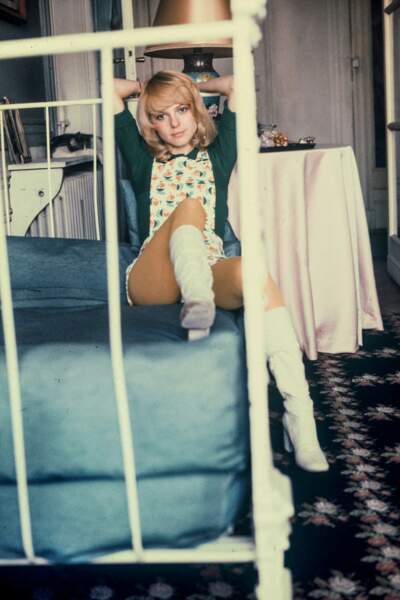
The relationship came to an end when Serge wrote a song about oral sex for the 18 year old Gall. It was called Les sucettes (Lollipops). In it, Gall sings of how she loves to suck lollipops until the liquid runs down her throat, by which point she is in paradise. For Gainsbourg it was “the most daring song of the century” but Gall was humiliated when the song’s double-meaning was revealed to her, and took a break from her career. On a happier note, Gall went on to enjoy more recording success with the songwriter Michel Berger who later became her husband.
(A TV recording exists of Les sucettes featuring dancing phalluses and dancers sucking penis-shaped lollipops, should you be in any doubt as to its true meaning.)
Françoise Hardy, Le temps de l’amour

The cool girl of the pack, Françoise Hardy is adored today as much as she was at the height of her fame in the sixties. She’s a veritable fashion icon, heralded for her astonishing good look and her unfussy, apparently effortless style. In a 1964 interview with Life magazine, Hardy says she “can’t stand to wear anything that will make people look at [her]”. Unfortunate then that she later became a muse to Paco Rabanne and Yves Saint Laurant wearing era-defining dresses.

But what really differentiated Hardy from her contemporaries was that she composed and wrote her own songs. She was discovered via a radio show showcasing the students of the conservatory she attended. One of the first and biggest hits was the self-penned Tous les garçons et les filles, a rather beautiful and melancholy song about loneliness – something of a signature theme of hers that again sets her apart from the more familiar carefree yé-yé girls.
Hardy continues to write and record, amassing over 30 albums over her career. Her music reached a new English-speaking audience when Le temps de l’amour was used as the signature song in Wes Anderson’s Moonrise Kingdom.
Gillian Hills
She’s a strange one to include on this list because she’s English, of all things. That said, Gillian Hills spend much of her childhood in the south of France and it was there she was discovered by the film director Roger Vadim. He thought she would be the next Brigitte Bardot and cast her in his film Les Liaisons Dangereuses. From there she picked up parts in two of the most iconic films of the sixties and seventies, Blowup and A Clockwork Orange.
As well as acting, Hills provided vocals for a couple yé-yé songs. Tut tut tut tut is a French cover of a track by The Lollipops, Busy Tone. The “tut tut tut” of the title mimicking the busy dialling tone of a telephone.
If this isn’t ringing any bells (ahem) then you’re sure to recognise her other big hit, Zou bisous bisous which was used in Mad Men series 5 when Don Draper’s new wife Megan performs as an ill-judged birthday present. Watch and squirm.
Jacqueline Taïeb
While the others may technically have been teenagers, they could never be said to be average. France was too angelic, Slyvie too seasoned, Françoise too aloof. Jacqueline Taïeb was different. She looked and sounded most like a real teenage girl, and sang about everyday subjects (looking for her toothbrush, fancying Paul McCartney) in a bored tone. 7h du matin is her first single and her biggest hit. It’s a raucous track that is revived regularly for use in TV and adverts. it’s also my favourite of the yé-yé songs and a good place to leave off. Enjoy!

